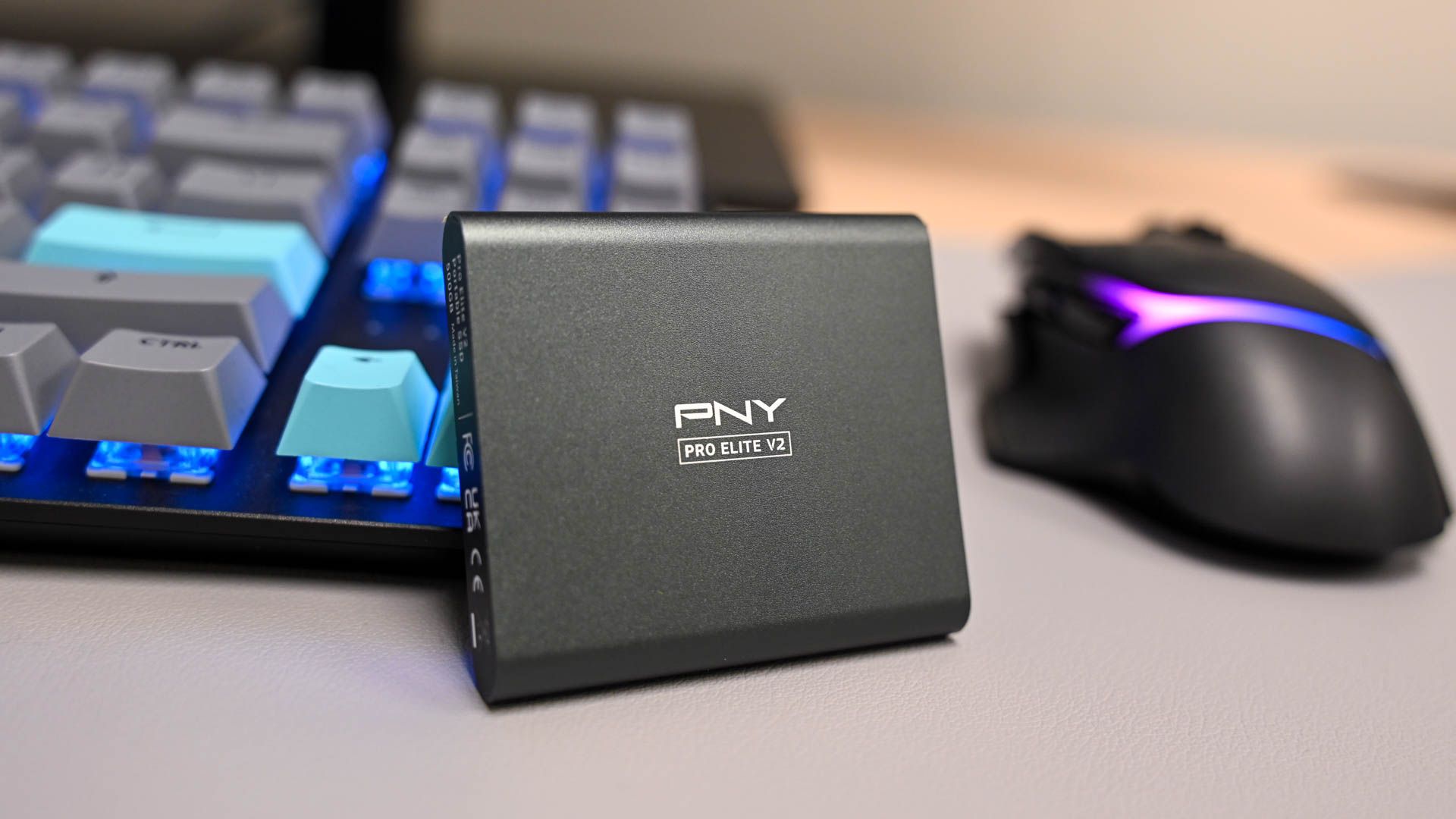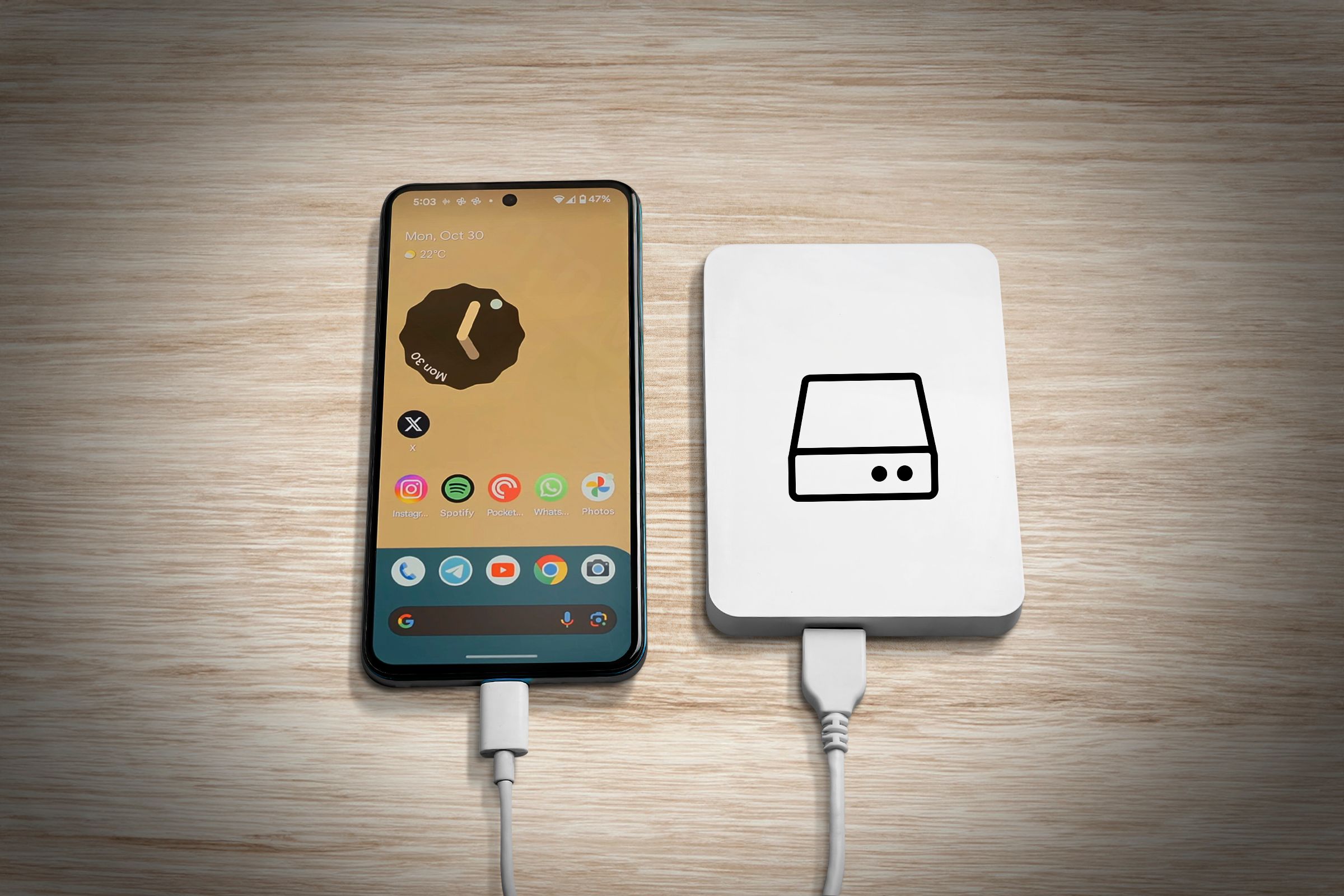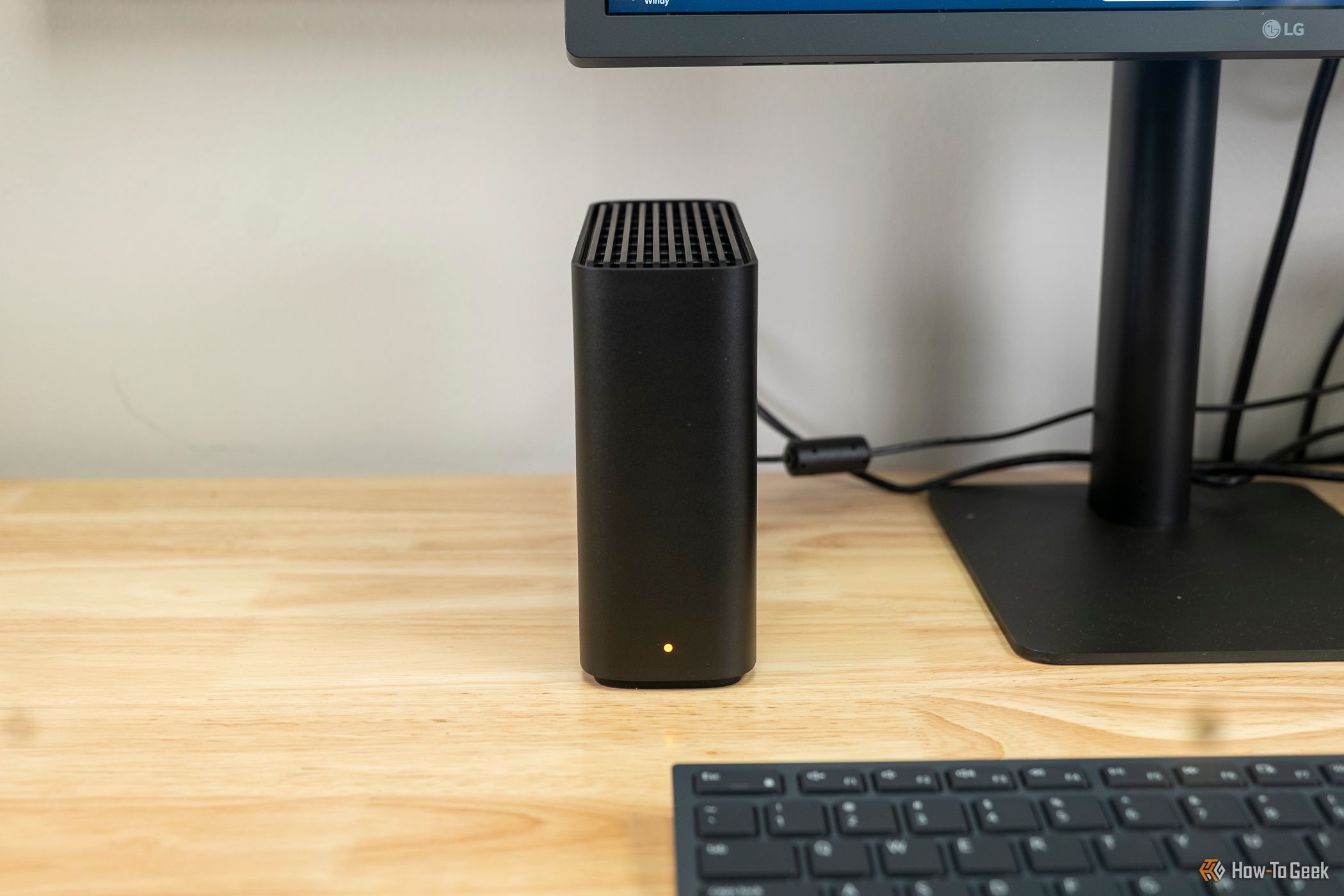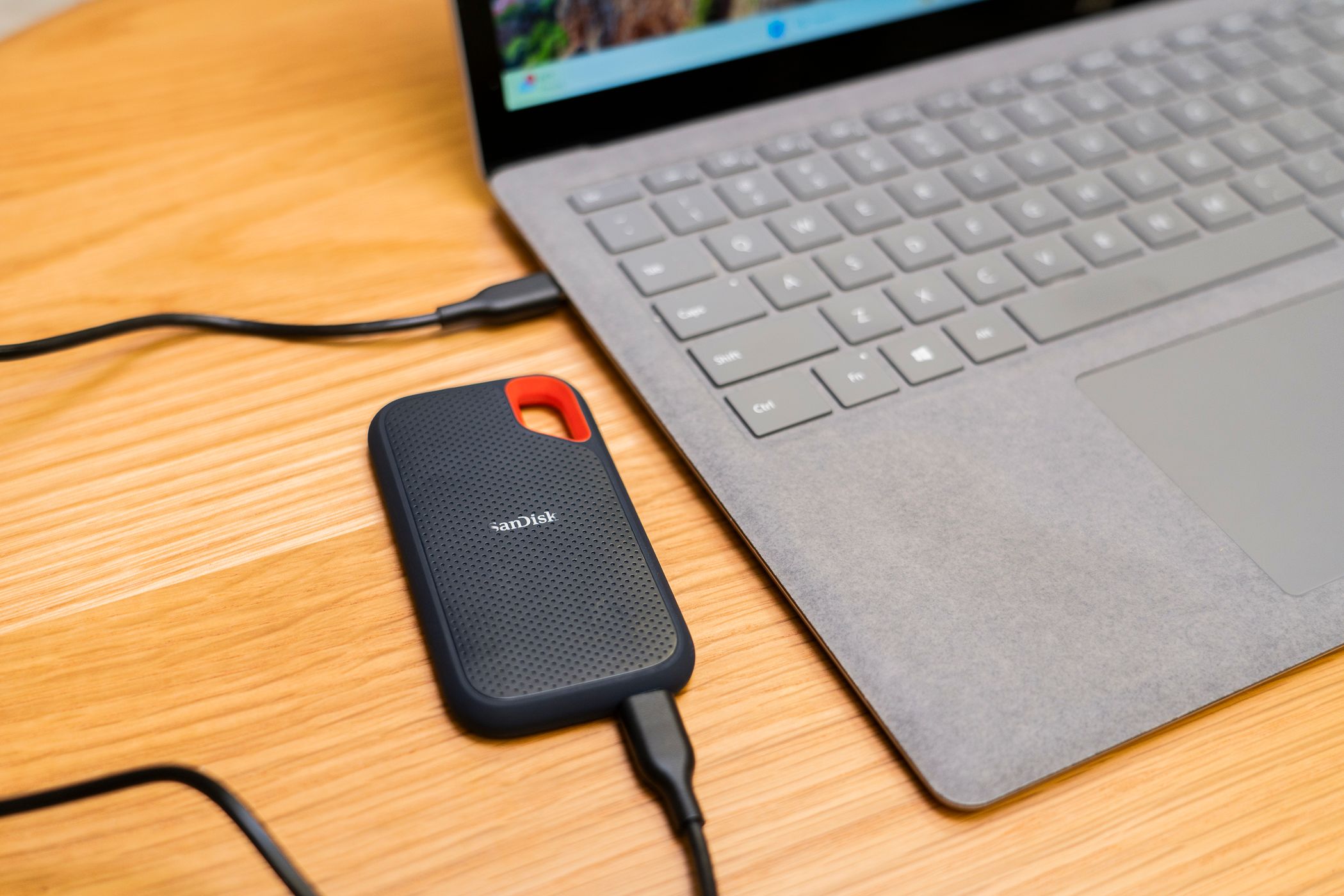Saving files online was once a novelty. Now this is expected behavior. Yet I personally opt out of using cloud storage. There are other options that don’t require me to store my data on someone else’s PC.
I care about my privacy, yes, but there’s more to my decision than that. There’s also the matter of having access to my data regardless of my internet connection. There’s no longer being concerned about leaks and data breaches. I also like saving money. So let’s get to it.
3
USB Drives
USB drives are storage drives that plug into a USB port. These can be flash drives the size of a fingernail, or they can be slender external SSDs sized like a stack of credit cards.
If you need many terabytes of storage, you can still opt for an external hard drive with a spinning disk. You can even save a buck by building your own external drive using an internal drive paired with an enclosure.

Related
The Best External SSDs of 2024
If you often move data between multiple computers, a fast and reliable external SSD is a must.
Each of these options will ultimately be cheaper than paying for cloud storage. That’s because no matter whether you pay for a month or a year at a time, cloud storage requires you to continuously pay to maintain access to your files. While it may seem cheaper upfront, paying for physical media usually costs less by the second year.
It’s important to keep in mind the internet wisdom that you should have copies of your files saved in three different places. You can have an SSD at your desk, a flash drive on your keychain, and another SSD at a trusted friend’s house. Make sure that all three are encrypted, especially the ones that don’t live full-time in your home. Here’s how to encrypt a flash drive on Windows, for example.
This can seem like excessive work, but there is plenty of software now that can automatically back up your files to an external drive. This feature is known as Time Machine on Macs and has been built into Apple computers for years. There’s even software for Android phones. I regularly back up my data using FolderSync to copy my phone’s internal storage to an encrypted SSD.

Related
How to Back Up and Sync Your Android Phone Directly to an External Hard Drive
You don’t need to plug your phone into a PC to make a copy of your data.
2
Personal Cloud Drives
USB drives are in many ways an old-school way to go about backing up files. It’s what most of us who backed up data did in the days before cloud storage, if we weren’t knowledgeable enough to upload copies of our files using what is now a half-century old protocol.
Now there are off-the-shelf drives you can buy that replicate the experience of using cloud storage. Western Digital MyCloud drives are essentially Dropbox in a hard drive that you control yourself. The same can be said about Synology BeeDrives.
These personal clouds provide you with much of the same features you may be accustomed to, such as automatic photo backup. Compared to traditional drives, they require less mental effort. You don’t have to remember to manually copy your files because they’re syncing on their own in the background, just like cloud storage. The data just happens to be going to a drive in your home office or media center.
1
Network-Attached Storage
If you want the best experience with the fewest limitations, then you may want to invest in network-attached storage, or a NAS. There are multiple ways to go about this. If you want to buy something pre-configured, you can just get a Synology box with multiple external hard drives to go with it. These can provide you with duplicate copies of your backups in case a drive stops working. Synology also provides a suite of apps, allowing you to replicate functionality like Google Docs.

Related
Synology BeeStation Review: Say Goodbye to Dropbox and Google Photos
A super-simple NAS device that mimics your cloud storage subscriptions.
Synology’s hardware can be pricey. Thing is, you can build your own NAS out of a desktop PC, shove a bunch of storage into a mini PC, or cobble something together using one of the best single-board computers. No matter which option you prefer, the technology has gotten easier to learn and navigate than ever. With apps like Plex, you can even have the streaming experience you’re used to from apps like Netflix and Disney+.
Cloud storage is both convenient and easy. These days, it’s also ubiquitous. Most of our devices encourage us to save our files to an integrated cloud account. But cloud storage is also pricey, and it hands over possession and control of our most personal information to someone else.
There are options out there that keep more of your money and your privacy in your own hands. There’s a market reason companies want us to save all of our data on their servers, one that doesn’t have our best interests at heart. Fortunately, we don’t have to rent their storage. We can buy our own.


